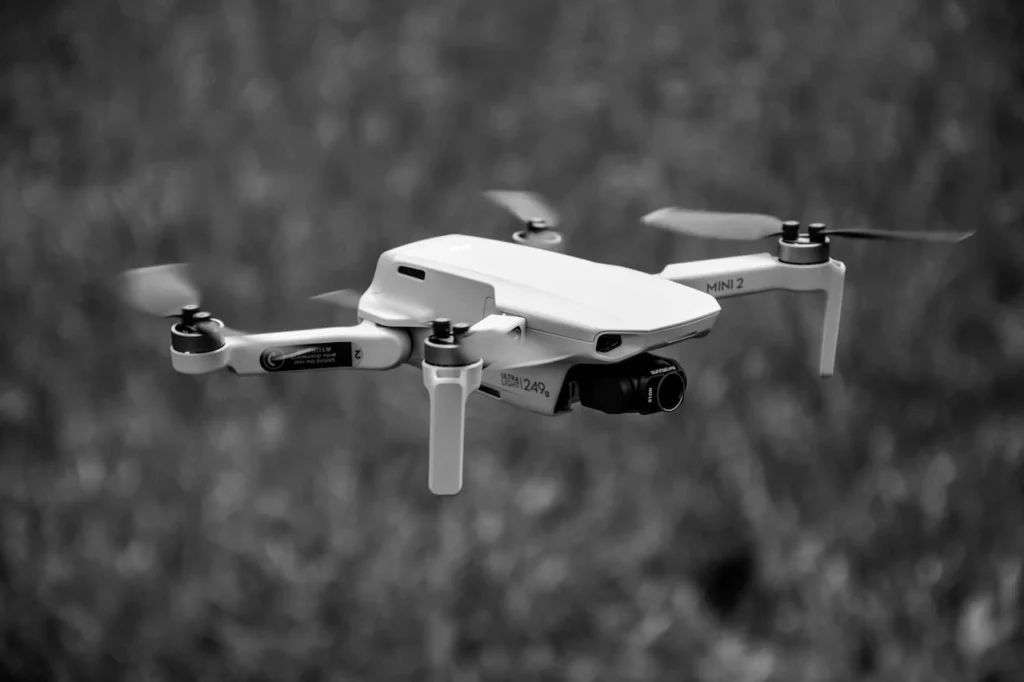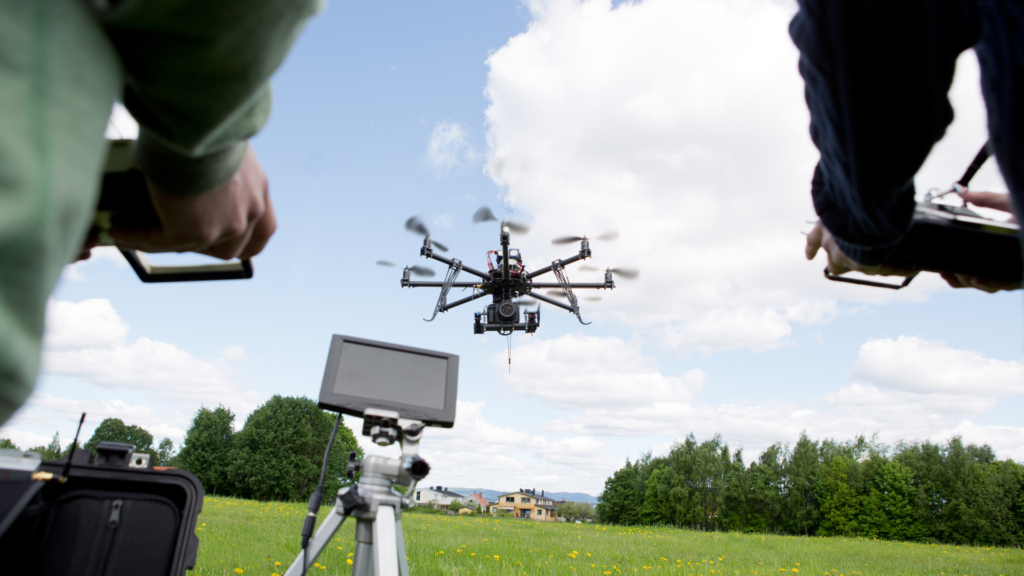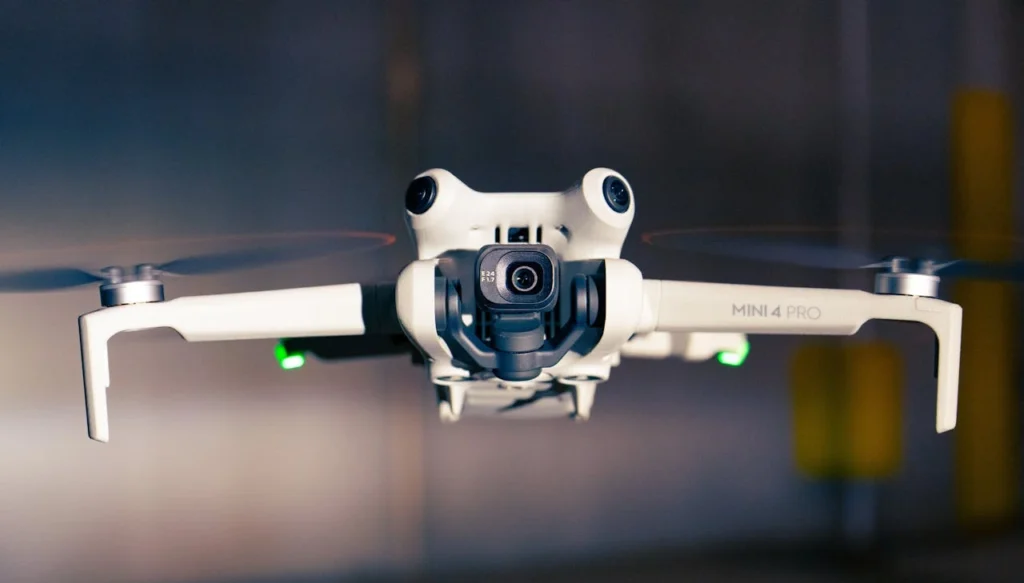The Department of Homeland Security stated that the drone flight limits are preventative rather than a response to particular concerns.
NEW YORK- Federal authorities have imposed severe drone flight limits in New York and New Jersey until January 17, 2025, in response to weeks of unexplained nocturnal drone activity that has raised neighborhood concerns.
The FAA barred drone flights above 22 critical infrastructure locations on Thursday (December 18, 2024), requiring operators to obtain express government authorization.

FAA Bans Drones
The strange drone sightings began to concern citizens in New Jersey and adjacent states in mid-November, sparking significant public conjecture and calls for government explanations.
As airborne drone activity continued to illuminate the night skies, local and state officials faced increasing pressure to address community safety concerns.
The FAA’s broad restriction affects important points in both urban and suburban areas.
The restricted zones encompass significant transportation hubs in Jersey City, Elizabeth, and Bayonne, as well as critical infrastructure sites in Hamilton, Bridgewater, and Cedar Grove.
Additional no-fly zones include North Brunswick, Metuchen, Evesham, Camden, Gloucester City, Westampton, South Brunswick, Edison, Branchburg, Sewaren, Harrison, Winslow, Burlington, Clifton, Hancocks Bridge, and Kearny.

Spokesperson Remarks
The Department of Homeland Security stated that the drone flight limits are preventative rather than a response to particular concerns.
A DHS spokeswoman highlighted Thursday that ongoing assessments have revealed no public safety concerns about the reported drone activities in the region.
The FAA’s decision to impose these limits stemmed from coordinated efforts with critical infrastructure partners who expressly sought increased aerial security for their assets.
New York State has now complied with New Jersey’s precautionary measures. Governor Kathy Hochul stated on Thursday night that federal authorities will extend temporary flight restrictions to protect key infrastructure locations across New York State.
The governor emphasized the precautionary nature of these restrictions, declaring unequivocally that no threats target these places.
The flying limitations in New York, which are in force until January 18, cover a larger area than those in New Jersey.
The no-fly zones encompass crucial areas surrounding LaGuardia Airport, multiple Long Island municipalities, and four of New York City’s five boroughs (Staten Island, Brooklyn, Queens, and the Bronx).

FAA Issues NOTAM
The FAA’s drone limitations create one-nautical-mile no-fly zones around specific places, restricting unmanned aircraft operations from ground level to 400 feet. This height limit is consistent with existing recreational drone flight laws.
Pre-existing flying limitations remain in effect for Bedminster and Picatinny Arsenal in New Jersey. According to the Notice to Airmen, the government retains the authority to use deadly force against drones that pose an imminent security danger.
Law enforcement may intercept and detain those who violate the law. The FAA retains the ability to levy civil penalties, suspend or revoke operator certificates, and file criminal charges against violators.
During Sunday’s press briefing, an FAA official acknowledged drone activity over New Jersey, citing the nation’s nearly one million registered drones.
The FBI has collected over 5,000 drone sighting claims across various states in recent weeks, according to a joint statement from the Department of Homeland Security, FBI, FAA, and Department of Defense.
The multi-agency study indicates that reported sightings include legitimate commercial operations, recreational flights, and law enforcement missions. Additional accounts misidentified fixed-wing aircraft, helicopters, and stars as drones.














Leave a Reply